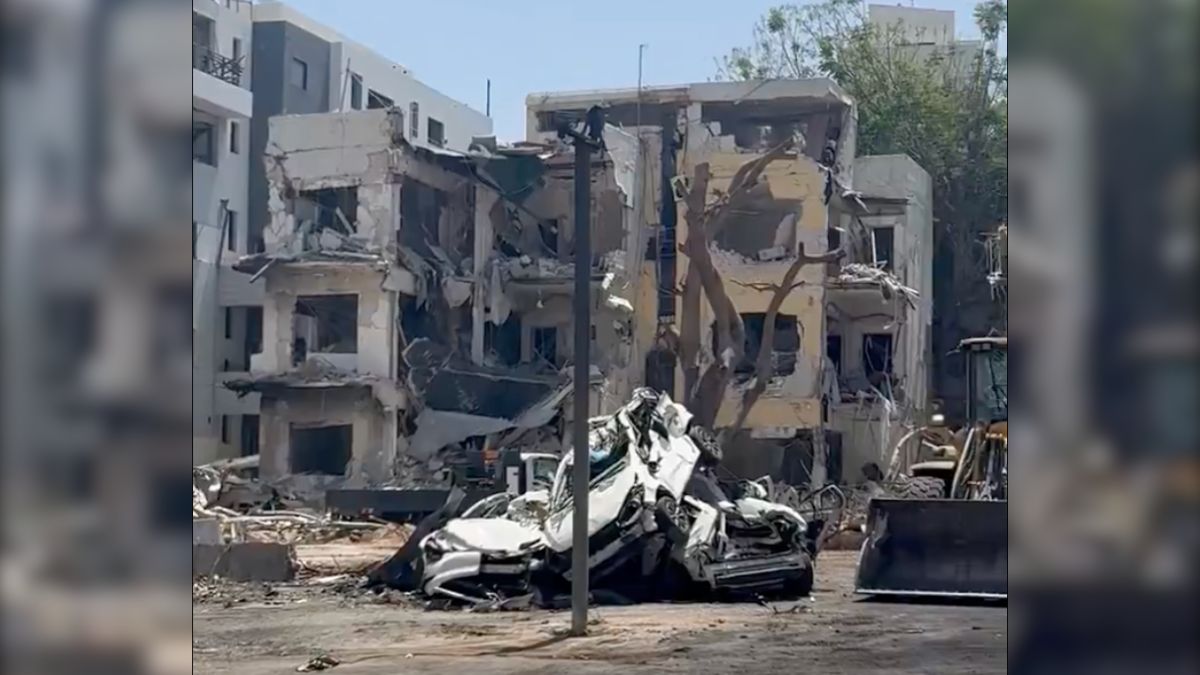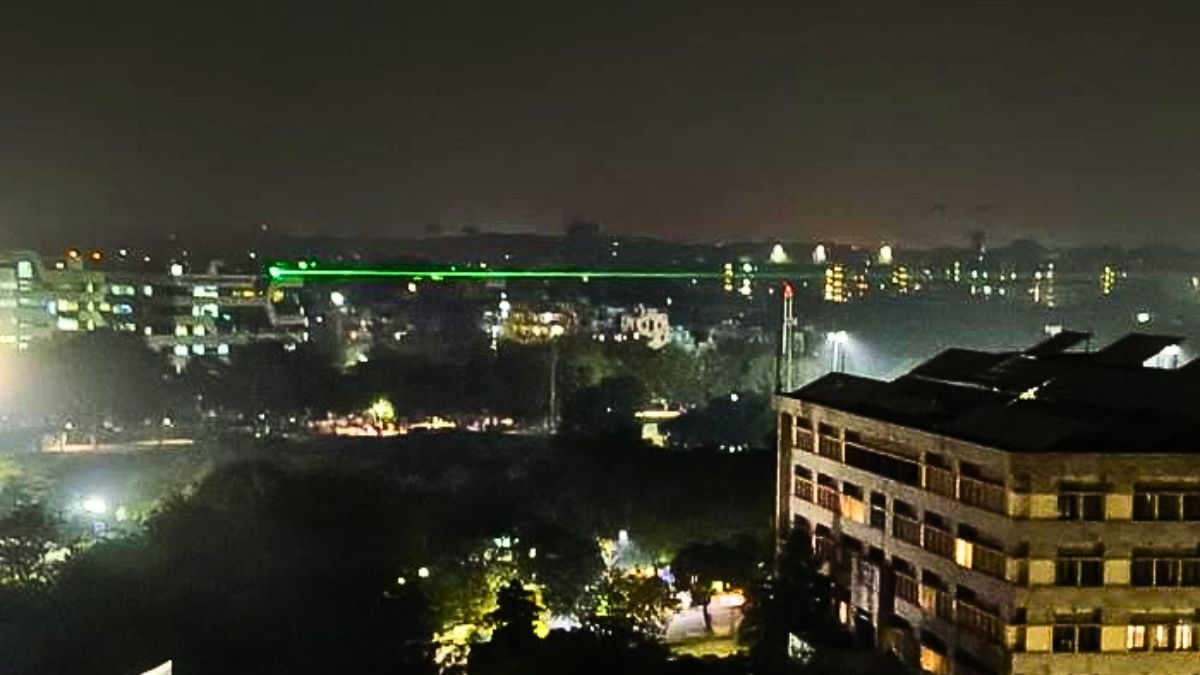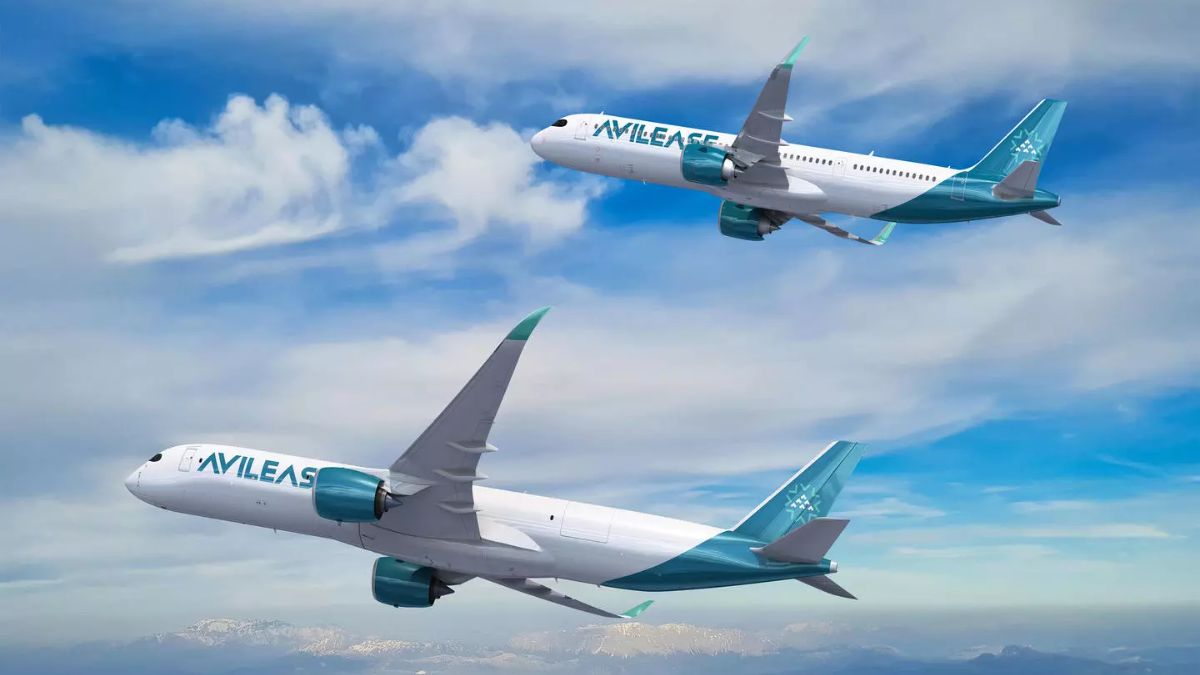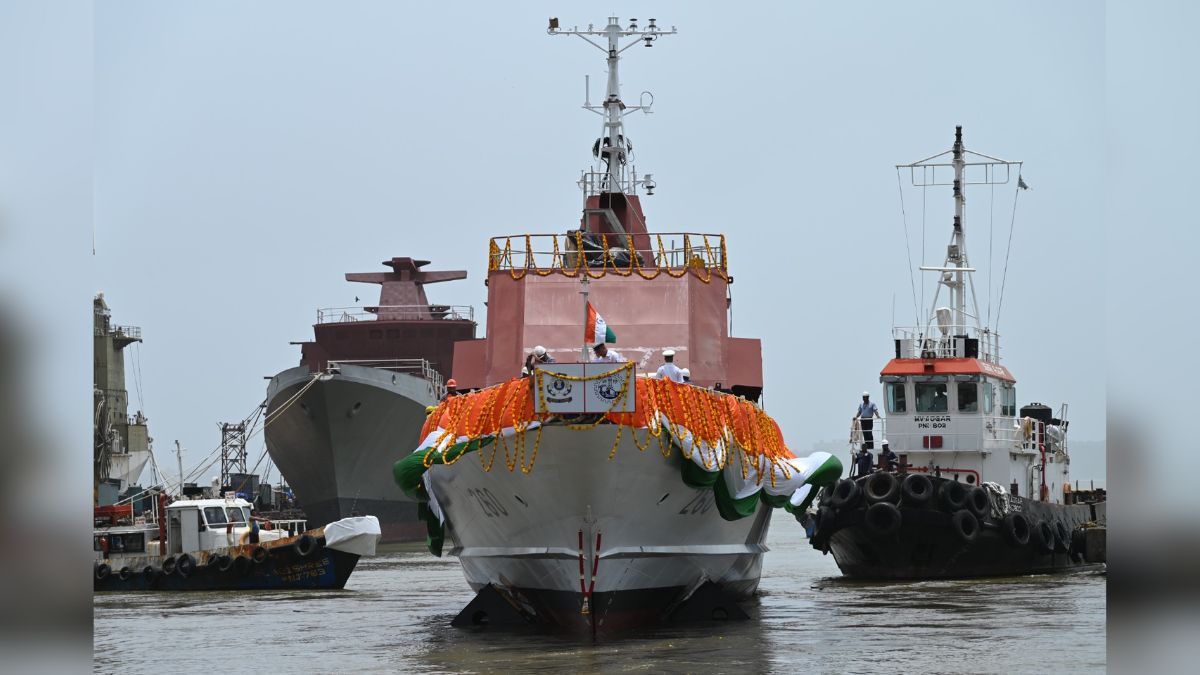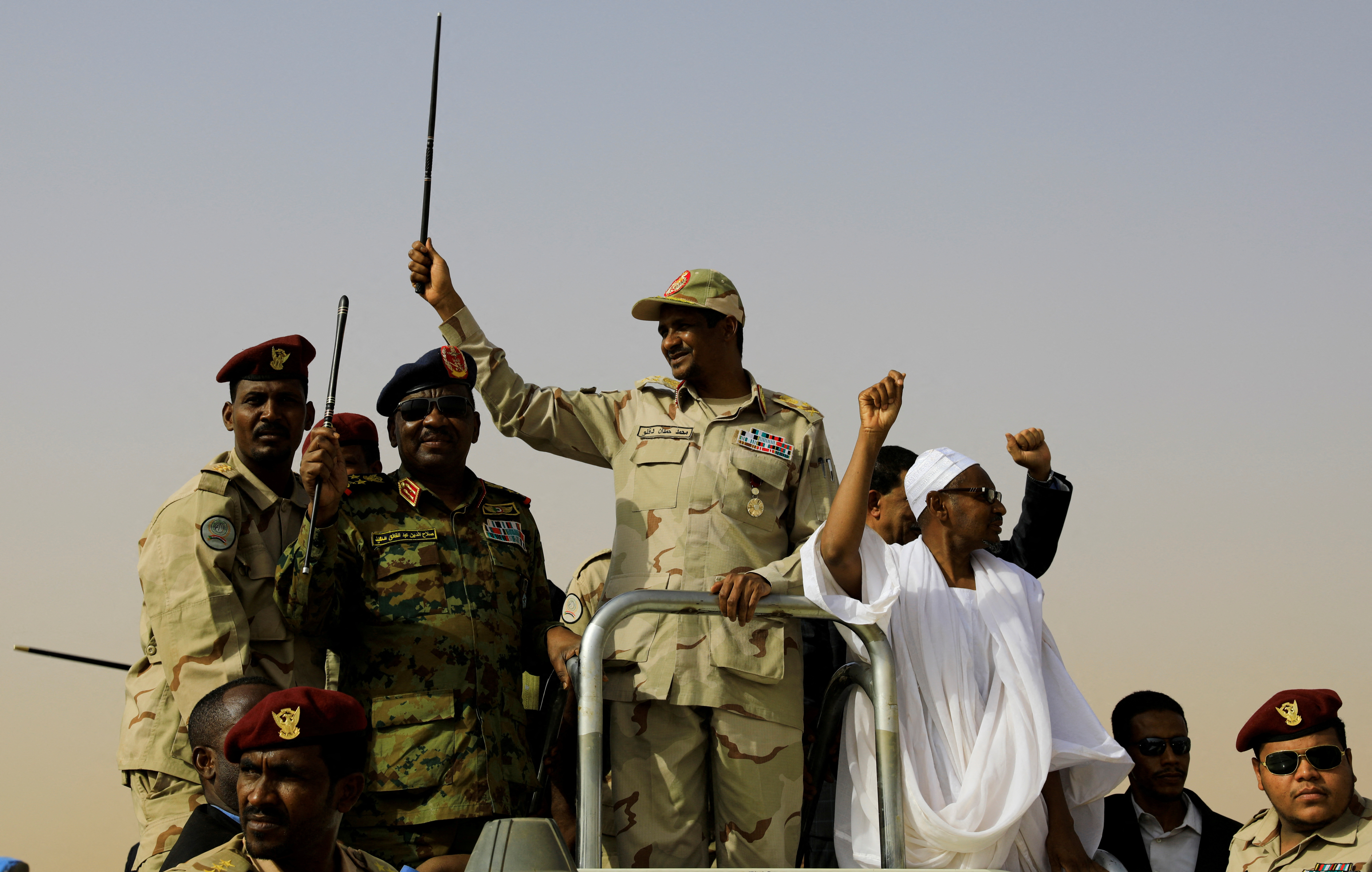Whistleblower Called Boeing 787 ‘Ticking Time Bomb’ Way Before Air India Plane Crash
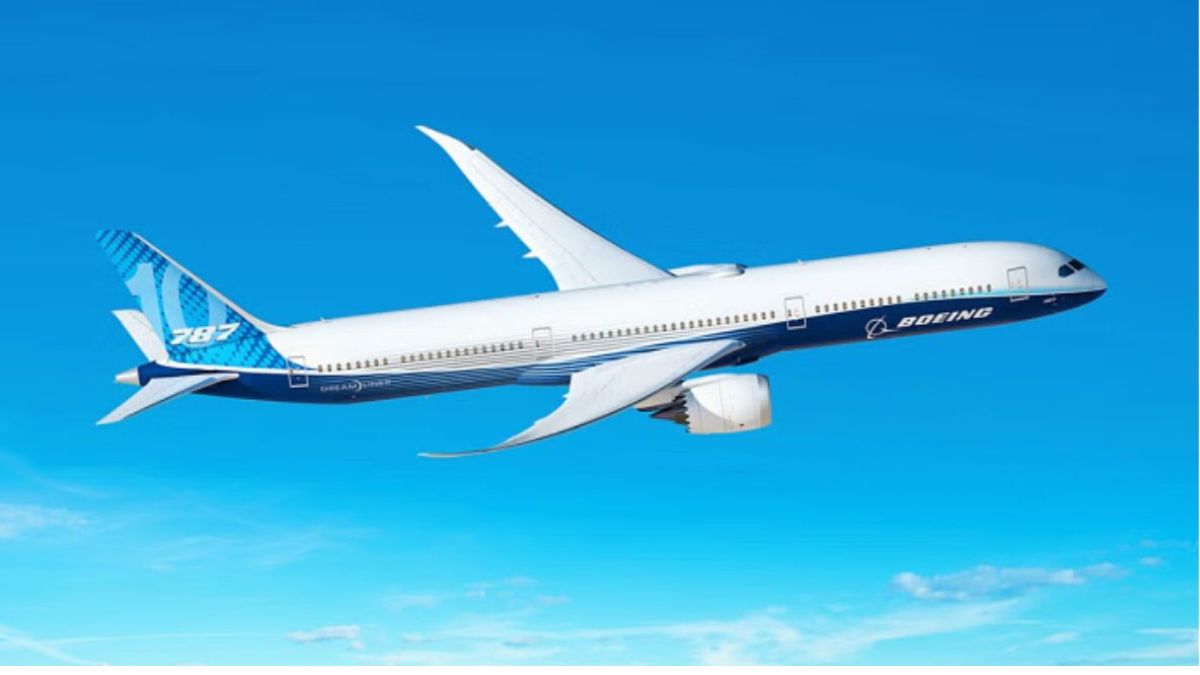
In a tragic milestone for global aviation, Air India Flight AI-171—a Boeing 787-8 Dreamliner—crashed shortly after takeoff from Ahmedabad on Thursday, killing or injuring scores of passengers and marking the first-ever hull loss of the Dreamliner since it entered service in 2011.
The crash comes just over a year after a whistleblower inside Boeing raised grave concerns about the structural integrity of the 787 fleet, which has long been celebrated as a symbol of next-generation aviation but plagued by persistent safety controversies and manufacturing shortcuts.
Flight AI-171 was bound for London Gatwick with 242 people onboard when it went down near a residential neighbourhood, sending thick black smoke into the skies. Emergency responders and local residents rushed to pull passengers from the wreckage.
What were the key safety concerns raised by the Boeing whistleblower?
In early 2024, Boeing engineer Sam Salehpour filed a formal complaint with the US Federal Aviation Administration (FAA), alleging systemic quality control failures in the production of both the Boeing 787 Dreamliner and the Boeing 777. His most alarming claims included:
Fuselage assembly shortcuts: Salehpour alleged that tiny gaps between fuselage sections in the 787 were improperly shimmed—filled with inadequate material or sometimes not filled at all. These gaps, he warned, could lead to long-term structural fatigue and cracking, particularly as the jets age.
Pressure to ignore defects: Salehpour said engineers were pressured to approve unverified or visually uninspected work, especially during the high-speed production cycles. In some cases, according to him, misaligned parts were signed off to maintain delivery schedules.
Retaliation after raising concerns: After raising these issues internally, Salehpour claimed he faced retaliation, including reassignment and exclusion from key projects, suggesting a broader culture of denial within Boeing.
He estimated that over 1,000 Dreamliners and at least 400 Boeing 777s could be flying with compromised structural integrity. In interviews with CNN and The New York Times, Salehpour said the manufacturing approach amounted to flying with “a ticking time bomb.”
Has the Dreamliner had a history of operational and safety issues?
Yes. Despite its technological promise, the Boeing 787 Dreamliner has a checkered safety record. Although no passenger fatalities had been recorded until now, its operational history includes a series of incidents:
2013 Battery Fires: The FAA grounded the entire 787 fleet after lithium-ion battery fires were reported on multiple aircraft.
Frequent fuel leaks, wiring issues, and fire hazards: From January to August 2013, multiple Japanese and US carriers reported fuel leaks, short circuits, and an in-flight fire linked to emergency locator transmitters.
Production flaws: From 2019 onwards, Boeing faced quality-control issues including gaps in fuselage joins, improper shimming, and even foreign objects found inside delivered aircraft.
Delivery pause: Nearly all 787 deliveries were halted from January 2021 to August 2022 under FAA scrutiny.
Recent incidents include a nose gear collapse of a British Airways 787 in 2021, and a dramatic mid-air altitude loss on LATAM Flight 800 in March 2024 that injured 50 people.
What does this mean for Air India and global aviation?
Air India, which has operated Boeing 787-8s since 2012, was one of the early adopters of the aircraft. It was also the first airline to receive a Dreamliner assembled at Boeing’s newer South Carolina facility—an operation often criticized for looser oversight compared to Boeing’s original Everett plant.
With this crash, the safety culture surrounding both Boeing and its airline customers may now face intensified global scrutiny. The tragedy could also impact pending Dreamliner orders, spook investors, and reignite calls for independent audits of Boeing’s manufacturing processes.
The Dreamliner, once heralded as a leap forward in aviation, now faces its most serious existential test: Can the promise of fuel efficiency and long-range capability ever outweigh the cost of systemic shortcuts?
As investigators comb through the wreckage of AI-171, the industry will be watching closely to see whether Sam Salehpour’s warnings were prophetic.
